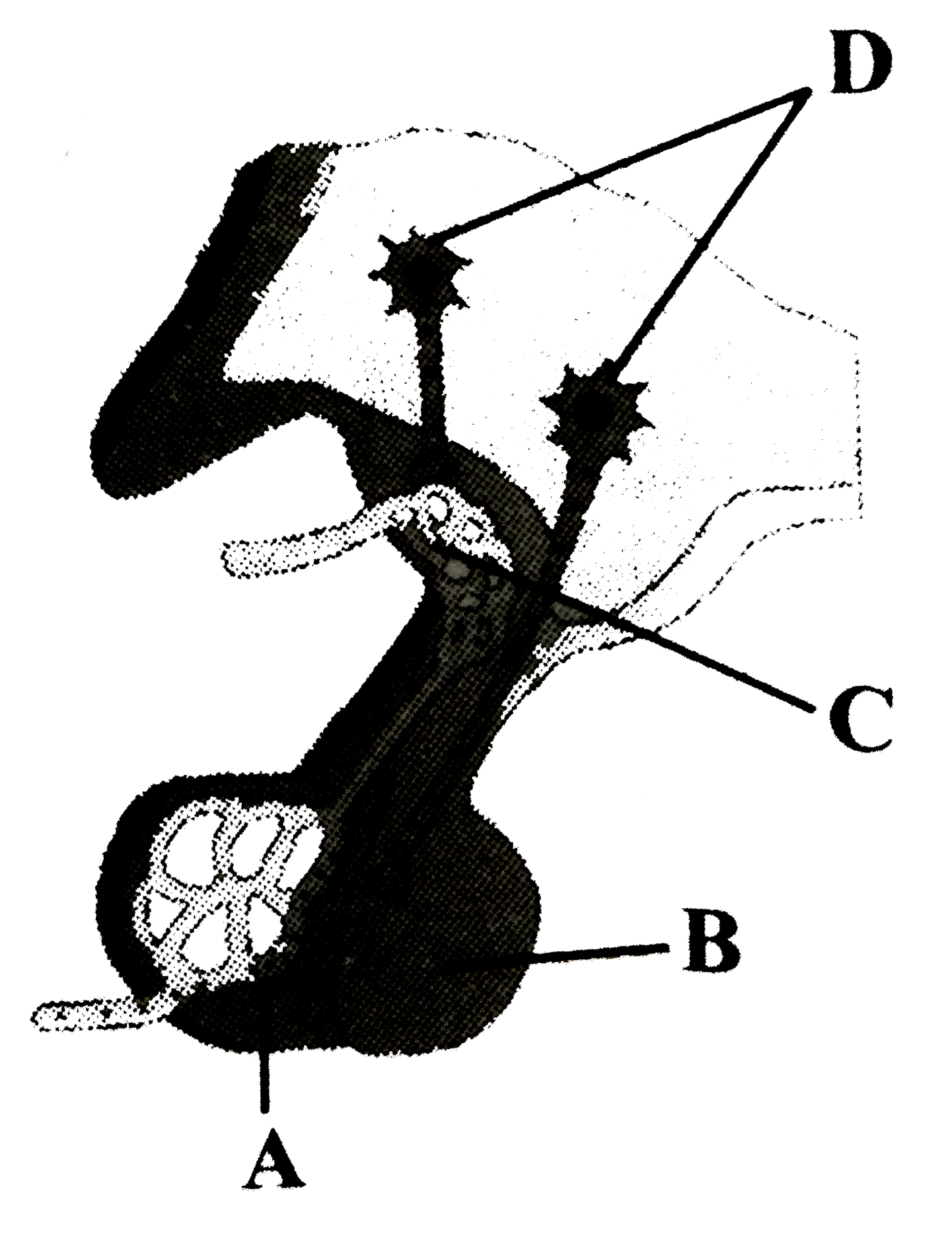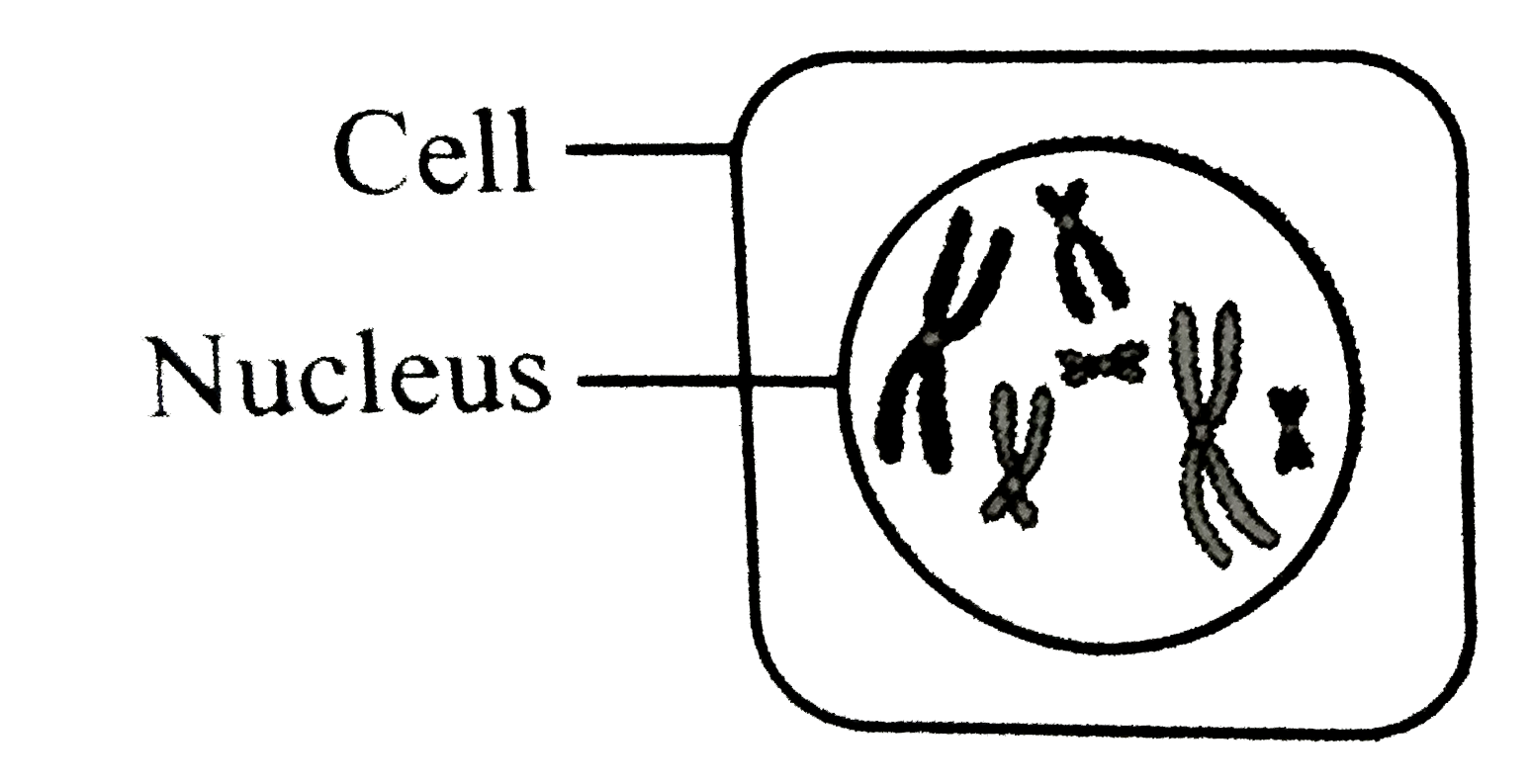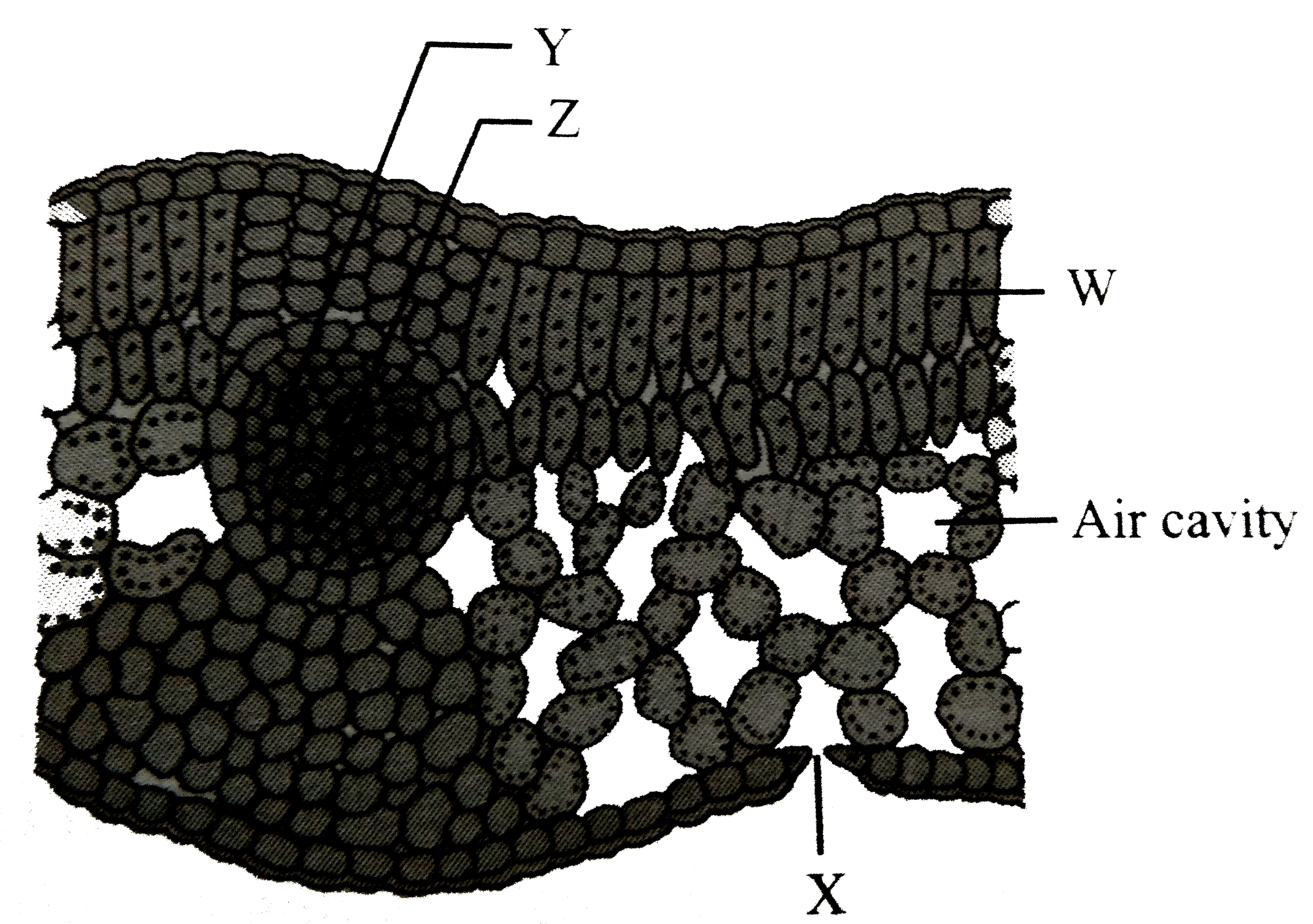Which of the following is correct regarding the corresponding animal
Macropus– Ear pinna, body hairs, 4 chambered heart
Pavo–Long bones ossified, fore limbs modified to wings
Ichthyophis–covering on eyelids, Scales present
Limulus–chitinous endoskeleton, 3 pair of legs
The correct Answer is:A
To solve the question regarding which statement is correct about the corresponding animal, we will analyze each option provided.
1. Analyze the First Option: Macropus (Kangaroo)
- Macropus is the scientific name for kangaroos.
- Kangaroos are mammals, which means they have certain characteristics such as ear pinna (external ears), body hair, and a four-chambered heart.
- Additionally, kangaroos are marsupials, which means they have a pouch (marsupium) for carrying their young.
- Conclusion: This statement is correct.
2. Analyze the Second Option: Pavo (Peacock)
- Pavo refers to peacocks, which belong to the class Aves (birds).
- In birds, long bones are typically pneumatic (hollow) to reduce weight for flight, not ossified in the traditional sense.
- The forelimbs of birds are modified into wings for flight.
- Conclusion: The statement about long bones being ossified is incorrect.
3. Analyze the Third Option: Ichthyophis
- Ichthyophis is a genus of limbless amphibians, commonly known as caecilians.
- Unlike reptiles, caecilians do not have scales; they have smooth, moist skin.
- They are indeed amphibians and do not possess eyelids or scales.
- Conclusion: The statement regarding covering on the eyelids and scales is incorrect.
4. Analyze the Fourth Option: Limulus (King Crab)
- Limulus refers to the horseshoe crab, which is classified under the phylum Arthropoda.
- Arthropods have an exoskeleton made of chitin, not an endoskeleton.
- The mention of three pairs of legs is also misleading, as horseshoe crabs have five pairs of legs.
- Conclusion: The statement about having an endoskeleton is incorrect.
Final Conclusion:
The only correct statement regarding the corresponding animal is about Macropus (Kangaroo). Therefore, the correct answer is option number one.
---
- Macropus is the scientific name for kangaroos.
- Kangaroos are mammals, which means they have certain characteristics such as ear pinna (external ears), body hair, and a four-chambered heart.
- Additionally, kangaroos are marsupials, which means they have a pouch (marsupium) for carrying their young.
- Conclusion: This statement is correct.
- Pavo refers to peacocks, which belong to the class Aves (birds).
- In birds, long bones are typically pneumatic (hollow) to reduce weight for flight, not ossified in the traditional sense.
- The forelimbs of birds are modified into wings for flight.
- Conclusion: The statement about long bones being ossified is incorrect.
- Ichthyophis is a genus of limbless amphibians, commonly known as caecilians.
- Unlike reptiles, caecilians do not have scales; they have smooth, moist skin.
- They are indeed amphibians and do not possess eyelids or scales.
- Conclusion: The statement regarding covering on the eyelids and scales is incorrect.
- Limulus refers to the horseshoe crab, which is classified under the phylum Arthropoda.
- Arthropods have an exoskeleton made of chitin, not an endoskeleton.
- The mention of three pairs of legs is also misleading, as horseshoe crabs have five pairs of legs.
- Conclusion: The statement about having an endoskeleton is incorrect.
The only correct statement regarding the corresponding animal is about Macropus (Kangaroo). Therefore, the correct answer is option number one.
Similar Questions
Knowledge Check
Which of the following is correct regarding jaundice?
ASkin turns yellowBEues turn yellowCLiver gets affectedDAll of theseWhich of the following is correct regarding the given diagram ?
 AOxytocin and vasopressin are synthesised by BBMelatonin are synthesised by ACA is neurohypophysis and B is adenohypophysisDGnRH is released in C
AOxytocin and vasopressin are synthesised by BBMelatonin are synthesised by ACA is neurohypophysis and B is adenohypophysisDGnRH is released in CWhich of the following is correct regarding the given figure ?
 ANo. ofNo. ofNO. ofcentrometerkinetochorearms 2 1 4BNo. ofNo. ofNO. ofcentrometerkinetochorearms 1 2 4CNo. ofNo. ofNO. ofcentrometerkinetochorearms 2 2 4DNo. ofNo. ofNO. ofcentrometerkinetochorearms 1 2 2
ANo. ofNo. ofNO. ofcentrometerkinetochorearms 2 1 4BNo. ofNo. ofNO. ofcentrometerkinetochorearms 1 2 4CNo. ofNo. ofNO. ofcentrometerkinetochorearms 2 2 4DNo. ofNo. ofNO. ofcentrometerkinetochorearms 1 2 2
Which of the following is correct regarding diastema
View SolutionWhich of the following is correct regarding viscosity?
View SolutionWhich of the following is not correct regarding terylene?
View SolutionWhich of the following is correct regarding the given figure?

View SolutionWhich of the following is correct regarding the given figure ?

View Solution
